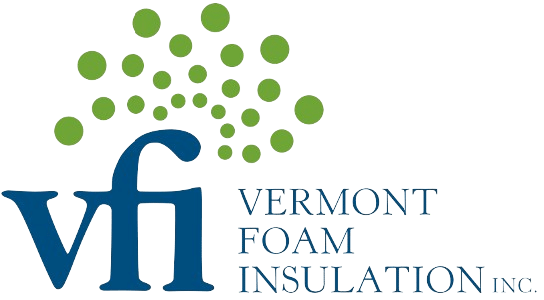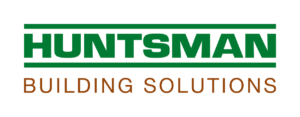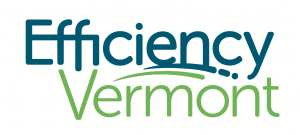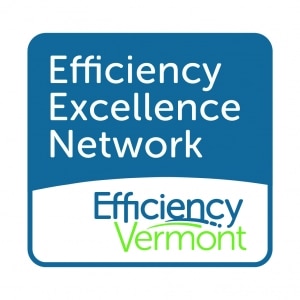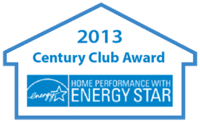If you’ve ever experienced roof leakage in the middle of the winter, you know just how much of a disaster it can be for your Brattleboro, Keene, or Manchester home, causing you not only stress and headache but also potentially lots of money in structural damage, mold, and other indoor issues.
Contrary to what many homeowners think, roof leaks in the winter often have more to do with ice dams causing roof damage, created by issues with your home’s attic insulation, than anything else.
So how do you know whether your home will be able to keep you comfortable and protect you and your family during the harsh winters in Vermont and New Hampshire? Here are a few visual signs that can clue you in to the state of your attic insulation.
What Are the Signs of Ice Dams?
In the days after heavy snowfall, it’s not necessarily a bad thing to have lots of snow on your roof! A thick snow covering, especially if the temperatures remain cold, means that your home is keeping the heat inside.
But if you have uneven or underperforming attic insulation, it could cause ice dams, allowing heat to transfer through the building materials in your attic roof and warms your shingles, melting the bottom layer of snow on your roof. This water then travels down your roof until the temperatures drop low enough for it to freeze. Most commonly this is at the very edge of your roofline, which is how icicles, a sign of ice dams to come, often form.
Melted ice will continue to travel down the roofline, but it will soon be prevented from dripping off the roof by the increasing size of icicles. That mass of ice will get bigger and bigger, leading to standing water on your roof that eventually leaks into your home.
So remember: Lots of snow on your roof, but no icicles, is okay, but if you have large icicles or you see areas on your roof where the snow seems to be melting much more quickly than others, you likely have attic insulation issues.
The Best Insulation for Your Roof and Ice Dam Prevention
Hopefully you aren’t looking for advice on how to remove ice dams from your roof or get rid of ice dams in your gutters. DIY ice dam removal can damage your shingles, and trying to get up on a snowy and icy roof in the middle of winter could be a decision you’ll soon regret. It’s better to call an ice dam removal specialist.
The smartest thing to do is to upgrade your home’s insulation in the attic and prevent ice dams from forming in the first place. When it comes to homes in Vermont and New Hampshire, spray foam insulation and cellulose insulation both offer a variety of benefits and advantages.
Spray foam insulation can be used for both insulation and air sealing, and it’s an effective moisture barrier as well. Spray foam—both open cell and closed cell types—is used as roof rafter insulation in attics.
Cellulose insulation is made from recycled newspaper treated to be fire and mold resistant. Cellulose is often blown in as loose fill over an attic floor, and compared with other insulation types is an affordable home performance upgrade option.
Regardless of which insulation material you choose, replacing your attic insulation and air sealing with an expert home performance contractor like Vermont Foam Insulation will prevent valuable heat created by your furnace from escaping your home’s thermal boundaries and melting the snow on your roof. With proper attic insulation, you can:
-
Prevent ice dams
-
Lower heating and cooling bills year-round
-
Increase home comfort
Schedule Attic Foam Insulation Installation Today
Not only will upgrading your attic insulation reduce the risk of ice dams and snow issues on your roof in the winter, but your monthly utility bills will drop as less heat is used to keep your home comfortable.
The yearly cost savings can quickly cover the upfront investment in your home’s energy efficiency, and you can reduce your costs even further through rebates and financing available to Vermont and New Hampshire homeowners! With Efficiency Vermont’s Home Performance with ENERGY STAR program, Vermont Foam Insulation can help you qualify for thousands back in rebates, 0% interest financing, and federal tax credits.
